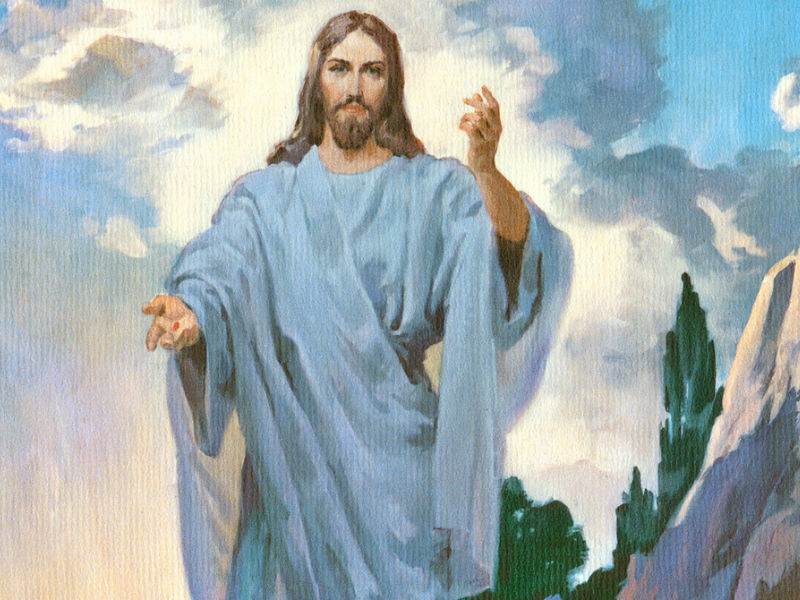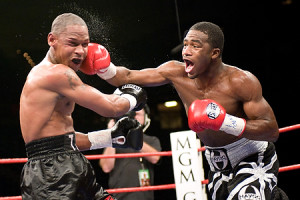“What Would Jesus Do?”
Hopefully others in our readership can join me in confessing that they too at one point (or perhaps even still) wore a lanyard bracelet that bore this culture-crossing acronym for Christian living. And although in some circles he question get’s kick-back, in others it is still treated as a very applicable questions.
But, what about the rest of the Trinity?
WWJD crystallizes a predominant assumption about how the evangelical church sees their identity and relationship with God as an attribute of their sanctification. Jesus, the Son, the second person of the Godhead, is the model for us to study, follow, and to become. And biblically, there is great precedent for this. Jesus could not be our sufficient atoning sacrifice, nor our perfect high priest, had it not been for the incarnation. In taking on human form, the second person of the Trinity was thus able to become us. Just as Jesus wilderness temptation is clearly a recapitulation of Israel’s wilderness wanderings, [1]so all the trials and temptations that he faced in life and overcame make him the perfect and a tangible model to follow.
Yet, as much credit as Jesus deserves… what about the other members of the God head? Is our identity as the Church only ontologically rooted in our affiliation with Christ?
If there has been a theme to my learning this semester, it’s been this: the Trinity is in EVERYTHING. In fact, we even see the Trinity in the biblical description of the Church.
In Scripture, we see that the three primary pictures of the church each correspond to a person of the Godhead: 1) The people of God, 2) the Body of Christ, and 3) the Temple of the Holy Spirit.
So, is the goal of the Christian life to be more like Jesus? Yes, but in totality, the goal is really to be made more and more like “all of God.” Let’s (as Bill Nye would say) “consider the following:”
The People of God: The NT is very clear that just as Israel was considered “God’s people,” them belonging to Him, and He to them, so the church is called “His people” (2 Cor 6:16). Paul takes Hosea’s statement, clearly in its context referring to Jews, and applies it to God’s ingrafting in of the Gentiles when he says “I will call those who were not my people, ‘my people,’ and her who was not my beloved, “beloved.”
From this picture, we see the Father takes pride in his people. He actually created an entire people just for himself (starting with Abraham), and today, grows this family by the beautiful power of adoption. He delights in his people, as they are the “apple of His eye’ (Deut 32:10), and the saints in the earth are his delight (Ps 16:3). As his people, our possession by God is branded in us. In the OT, this was through circumcision. Today, it is a spiritual circumcision of the heart (2 Cor 3:13-18). As the people of God, we are also jealously expected to be holy. God has always desired for his people to be pure and sanctified. Thus, as people possessed by the Father, we are to live lives that are separate and “other” from the world, for our identity is rooted in being owned by God. WWTFHYD: “What would the Father have you do?”
The Body of Christ: This well recognizes picture emphasizes that Christ is first of all the head of the church- our authority and thus the rest of the body operates under his position as our leader. Additionally, the body imagery emphasizes that every member is thus connected to the head, as well as to each other.
The critical importance of interconnectedness between believers cannot be missed. Thus, a primary part of being a Christian (one that WWJD might miss if Jesus is seen as an independent, isolated, and nomadic wanderer) is that our existence means we are given special gifts and roles to serve and to edify one another. As the body, we are to be unified. We are to have genuine fellowship. We are to encourage each other, even to the extent of bearing one another’s burdens.
Lastly, as the body, we represent the activity of Jesus on earth now that his body has ascended to heaven. We are (here WWJD get’s it right) “Jesus on earth,” the locus of Jesus ministry of the proclamation, the healing, and the loving service of the Kingdom of God.
The Temple of the Holy Spirit: Completing the Trinitarian concept of the church is the Spirit. Thus, the permanence of the church and God’s protection of it is established- “Don’t you know that you yourselves are God’s temple and that God’s Spirit lives in you? If anyone destroys God’s temple, God will destroy him; for God’s temple is sacred, and you are that temple.” (1 Cor 3:16-17). As the home of the Spirit, we also are imparted life by Him- we are nurtured and “bear fruit” (Gal 5:22-23), and also by the Spirit are given the power of God to be witnesses (Acts 1:8). Lastly, it is by the Spirit that the interconnectedness of the Body picture receives gifts and power, and it is by the Spirit within us that we are able to live pure as the Father desires.
So, is WWJD an acceptable paradigm? It’s not bad. But, “WWOTGD” (“What Would our Trinitarian God Do?”), or better, “WHTTCUTB” (“What has the Trinity created us to be?”). This is a significantly richer, and more biblical, navigating question, as it comprehends the Trinitarian nature of our new identity in the Cross.
Besides, wouldn’t “WHaT The CUTTingBoard?” creatively atch some people’s attention?
[1] i.e. in ways that Israel fell short of perfect obedience to God, Jesus endured, victoriously embodying the obedience that Israel didn’t achieve.





Leave a Reply
Your email is safe with us.